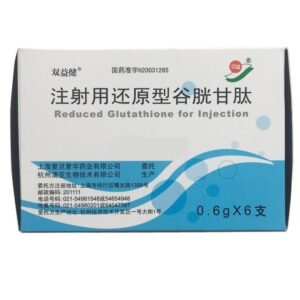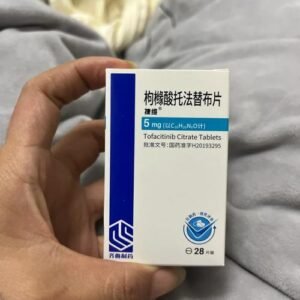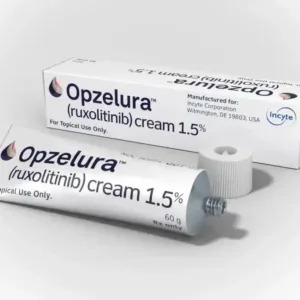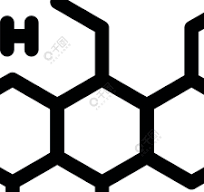tarlatamab 塔拉妥单抗.
Talquetamab is a targeted therapy drug, a bispecific antibody, mainly used to treat multiple myeloma. It activates the immune system to attack cancer cells by simultaneously binding to the GPRC5D protein on the surface of tumor cells and the CD3 receptor on the surface of T cells. It is one of the innovative therapies for relapsed or refractory multiple myeloma in recent years.
Mechanism of action and characteristics
Dual-target binding:
Talquetamab binds to the GPRC5D protein highly expressed by multiple myeloma cells at one end and the CD3 receptor of T cells at the other end, forming a “bridge” effect, guiding T cells to accurately identify and kill tumor cells. This mechanism breaks through the limitations of traditional single-target drugs and enhances anti-tumor activity.
Immune activation effect:
Unlike the direct cytotoxicity of chemotherapy or radiotherapy, talquetamab activates the patient’s own immune system to achieve long-term monitoring and clearance of cancer cells, which may delay disease progression.
Indications and efficacy
Applicable population:
Currently, it is mainly used for patients with relapsed or refractory multiple myeloma, especially those who have progressed after receiving proteasome inhibitors, immunomodulators and anti-CD38 monoclonal antibodies.
Clinical trial data:
Key studies (such as MonumenTAL-1) show that in patients who have received a median of 5 lines of treatment, the objective response rate (ORR) of taratumab is about 70%, and some patients achieve complete remission (CR) or minimal residual disease negative (MRD-), and the duration of remission is longer.
Medication and side effect management
Dosage method:
Usually subcutaneous injection is used, and the initial treatment needs to be administered in stages (gradually increasing the dose) to reduce the risk of adverse reactions.
Common side effects:
Cytokine release syndrome (CRS): manifested as fever, hypotension, etc., which often occurs after the first medication and can be relieved by tocilizumab.
Neurological toxicity: Such as headache and tremor, need to be closely monitored.
Hematological toxicity: including neutropenia, anemia, etc., and blood routine tests need to be monitored regularly.
Risk control:
The patient’s infection risk needs to be assessed before treatment, and the patient needs to be hospitalized for observation for at least 48 hours during medication, and emergency equipment and drugs should be prepared.
Research progress and future directions
Combination therapy exploration:
The combination effect of taratumab with existing therapies (such as immunomodulators and CAR-T cell therapy) is currently being studied to further improve the efficacy.
Expanded indications:
Preliminary studies have shown that GPRC5D is also expressed in some solid tumors, and its application in other cancers may be explored in the future.
Summary
As a new bispecific antibody drug, taratumab provides a new treatment option for patients with multiple myeloma, especially for refractory cases. Its efficacy and safety still need to be verified by long-term follow-up data, and patients need to use it under the guidance of professional doctors after weighing the pros and cons.
View more
Share:
Products
Our offers
Health Classification
Let us work together to protect precious health




























